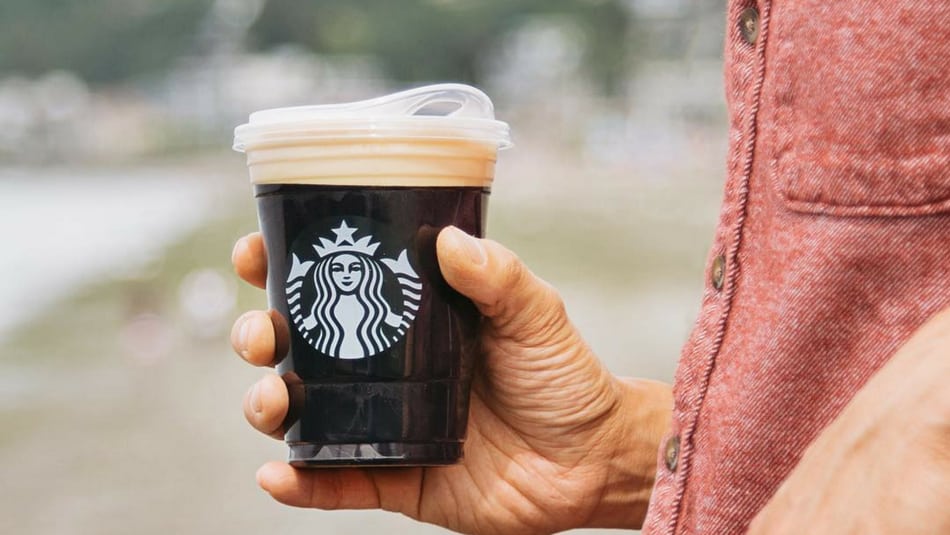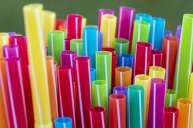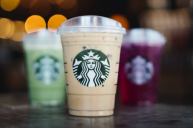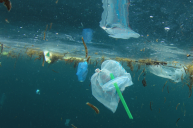Since Starbucks announced their plan to get rid of plastic straws in all their stores by 2020, much has been made of the decision. There are fans, there are detractors, and there are some legitimate concerns. But there's one major question: Are the new Starbucks plastic lids really better for the environment?
Videos by Wide Open Country
On July 9, Starbucks stated that they plan to phase out single-use plastic straws in all Starbucks stores and replace them with a new strawless lid. The new Starbucks plastic lids, which yes, do make the drink look like an adult sippy cup, is already in use for cold brew nitro coffee in the Seattle Reserve store and will eventually be replaced on all cold drinks except the Frappuccino.
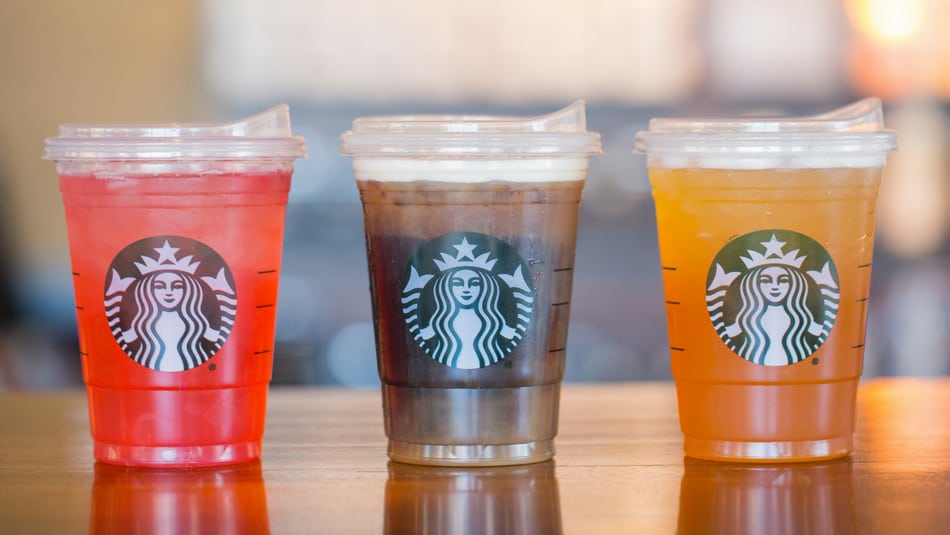
Starbucks
The coffee giant did emphasize that straws made of alternative materials, like compostable plastic or paper, will be available for any customer that needs or prefers to use a straw. The company is testing the use of paper straws in the United Kingdom and straws made of alternative materials like plant starch in Santa Cruz, California.
Organizations like the World Wildlife Fund and Ocean Conservancy immediately praised the move.
"Starbucks decision to phase out single-use plastic straws is a shining example of the important role that companies can play in stemming the tide of ocean plastic. With eight million metric tons of plastic entering the ocean every year, we cannot afford to let industry sit on the sidelines, and we are grateful for Starbucks leadership in this space," said Nicholas Mallos, director of Ocean Conservancy's Trash Free Seas program.
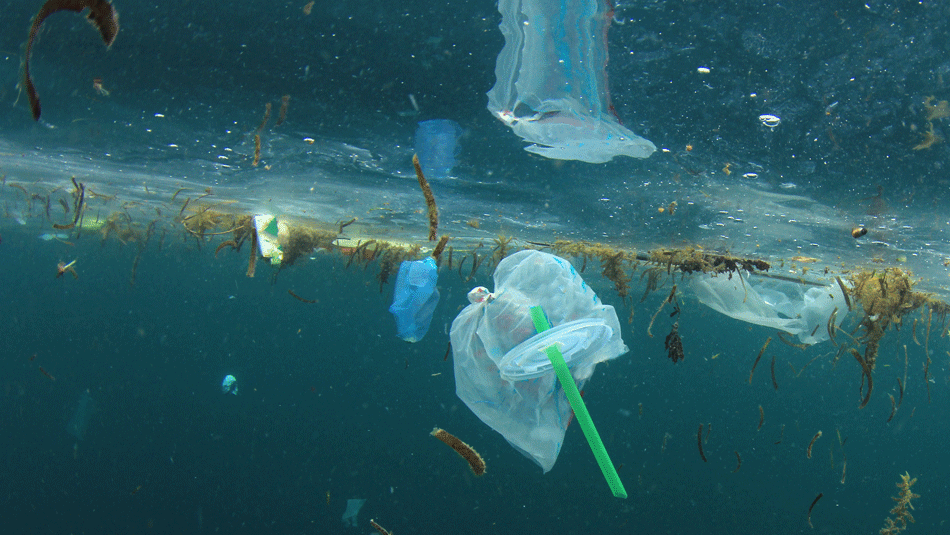
Straws Hurt Nature
In case you haven't seen the video or picture of the sea turtle with a plastic straw stuck up its nose, there's no argument that plastic is getting into our oceans and waterways and causing problems for marine life. There's also no question that most of us don't carefully recycle plastic products and that most cities don't have recycling programs that are good enough to capture all recyclable plastic.
Maybe you've seen the little symbol on the bottom of your drink bottle, yogurt container, or Starbucks cup. It's the triangle arrows with a number in the middle. The number indicates the type of plastic the container is made of. No plastic is biodegradable, so the only option is to dump it into landfills where it (over hundreds of years) breaks down or recycle it.
Here's a surprise: There are seven kinds of plastic and not all of them are recyclable. Even more shocking, most American cities or counties don't have facilities that allow them to recycle the most common plastic waste (like that yogurt container).
So, it's not just plastic straws that are a problem, but plastic in general. We should be finding ways to use less plastic or use instead of plastic that is recyclable and urging cities to update their recycling programs to include more types of plastic.
One of the questions raised by those not sure about the change has to do with whether or not the new Starbucks plastic lids actually use less plastic than the old lid and straw combination. Houston's own KHOU Verify team looked into the question and found some interesting facts.
From KHOU:
"Verify's Jason Puckett ran his own version of the tests. Each type of lid was weighed 20 times on two different scales. The numbers were then averaged.
His results showed an average weight of 1.35 for the old lid and small straw combo and 1.95 grams for the old lid and big straw.
The new lid averaged a weight of 2.55 grams across testing."
The Weight of it All
No, the new Starbucks plastic lids do not use less overall plastic. But that's not the point, according to Starbucks. Straws are small enough that even modern recycling systems don't catch them, meaning that even cities that recycle #5 plastic (which is what many straws are made of) often don't end up recycling straws. A professor at Columbia University told Popular Science:
"You can have straws made out of polypropylene, which is entirely recyclable," says Kartik Chandran, a professor at Columbia University's Department of Earth and Environmental Engineering. "But the machines we have aren't really capable of capturing something in the size range of straws."
The lid is large enough to be captured by recycling machines and so combining the lid and straw means that more overall plastic can be recycled, instead of letting a large portion of the plastic in a lid/straw combo go. Which means that, while the new lid may not contain less plastic, overall it is better for the environment.
"Starbucks goal to eliminate plastic straws by 2020 from their stores globally represents the company's forward thinking in tackling the material waste challenge in totality," said Erin Simon, director of sustainability research & development and material science at World Wildlife Fund, U.S., in the release announcing the company's move.
The answer to a green environment is never just one thing, but individual actions do add up. And that's what the move to phase out plastic straws and replace them with the new Starbucks plastic lids means. One company getting rid of straws won't change everything, but it has obviously kick-started a conversation, which could lead to additional changes.
https://www.instagram.com/p/BlBfLxMgyaL/?tagged=starbucksstraw
In fact, it's already showing that one giant company can encourage positive moves by other giant companies. McDonald's just announced that it is partnering with Starbucks on the NextGen Cup Challenge, which launches in September. The challenge asks innovators, entrepreneurs, industry experts, and recyclers to submit their ideas for the next generation of recyclable and/or compostable cups. Awardees will receive acceleration funding up to $1 million based on key milestones and up to seven of the awardees will enter a six-month accelerator program to help scale their solutions.
Starbucks and other companies, along with cities and states implementing a plastic straw ban, are doing something. No, it's not enough, but it's a solid start and has the potential to create additional positive change for city recycling programs and innovations in plastic materials.
